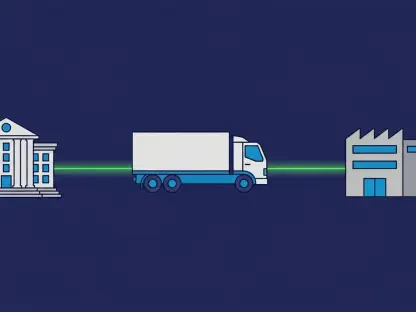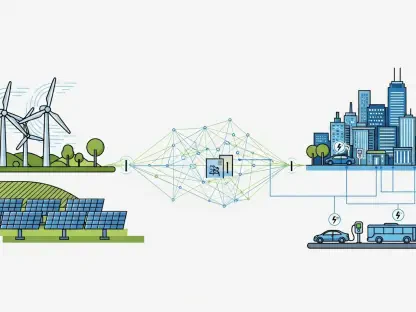The innovative gravitational energy storage technology developed by Green Gravity, under the guidance of former BHP executive Mark Swinnerton, marks a significant breakthrough in renewable energy solutions, particularly as an alternative to traditional battery storage systems. This advancement leverages excess renewable energy to raise heavy weights in disused mine shafts, and by lowering these weights during periods of peak demand, it generates electricity with impressive efficiency.
Swinnerton, who spent 18 years at BHP, emphasizes the strategic advantage of utilizing existing infrastructure, specifically decommissioned mine shafts, to store renewable energy. This method is environmentally friendly, as it avoids the need for new land use and significant environmental disruptions typically associated with battery technologies. It also eliminates the chemical processing that batteries require. This approach aligns seamlessly with Green Gravity’s commitment to sustainability and the principles of the circular economy.
The technology’s simplicity and efficiency are key selling points. It involves lifting massive composite weights, some weighing up to 80 tons, using surplus renewable energy. When additional power is required, these weights are lowered, converting potential energy back into electricity. Notably, this process does not suffer from performance degradation over time, unlike conventional batteries. This method also reduces reliance on fossil fuels, thus supporting the broader transition to renewable energy sources.
Financial achievements highlight growing confidence in Green Gravity’s technology. Among these milestones, a recent $9 million capital raise supported by strategic investors stands out. This financial backing underscores the market’s belief in the potential of gravitational energy storage. Swinnerton’s vision is ambitious; he aims for Green Gravity to secure a significant share of the global energy storage market, potentially placing the company among the top five players as the sector evolves.
Nonetheless, Swinnerton acknowledges the challenges of scaling this novel technology in a highly competitive industry. He emphasizes the importance of strategic collaborations and green alliances. Partnerships with entities such as Wollongong Resources and Bluescope Steel are critical in adapting Green Gravity’s technology to various sites. These collaborations further underscore the company’s commitment to expanding its global operations.
Green Gravity’s storage solutions represent not only technological innovation but also meaningful steps towards a sustainable and low-emission future. Swinnerton’s goal is to contribute to a future where clean energy deployment becomes the default choice, reinforcing the company’s role in addressing climate change through practical solutions.
The article provides multifaceted insights: the innovative use of gravitational energy storage, the strategic repurposing of existing infrastructure, alignment with sustainability goals, promising financial backing, market positioning, and the pivotal strategic alliances. Together, these elements underscore Green Gravity’s potential for scalable growth.
In conclusion, Green Gravity’s approach exemplifies the intersection of innovation, sustainability, and practicality in advancing renewable energy solutions. The article encapsulated the promise, challenges, and strategic direction of Green Gravity, reflecting broader trends and consensus viewpoints in the energy storage sector. Smarter handling of resources demonstrated by Green Gravity reinforced the transition to a cleaner energy future.









